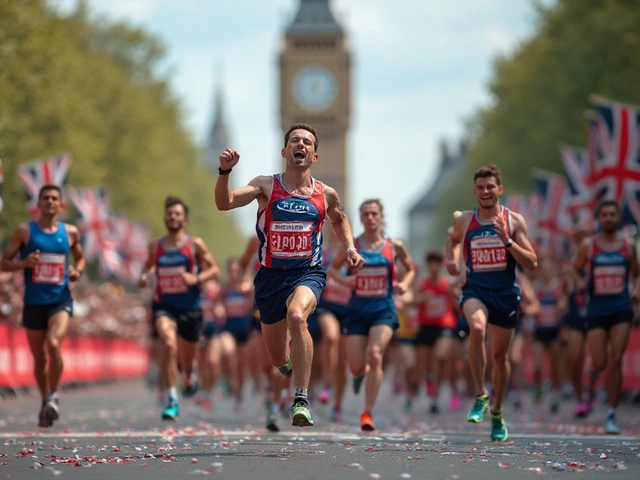Double Gym Sessions: Boosting Your Workouts without Burning Out
When you hear double gym sessions, a training approach where you hit the gym twice in one day. Also known as twice‑daily workouts, it can speed up progress if you plan it right. double gym sessions aren’t just a gimmick; they’re a structured way to increase training volume while keeping each workout focused.
Why Training Frequency Matters
One of the core ideas behind double gym sessions is training frequency, how often you work a muscle group within a week. Increasing frequency lets you hit the same muscles more often, which can boost growth and strength. The relation is simple: higher frequency → more stimulus → potentially faster gains, as long as you manage intensity correctly.
But frequency alone isn’t enough. Your body needs time to rebuild, which brings us to the next pillar.
Effective muscle recovery, the process of repairing and strengthening muscle fibers after training is the engine behind any double‑session plan. Recovery includes proper nutrition, sleep, and active rest. Without it, the extra gym time turns into fatigue, not progress. In short, double gym sessions require solid recovery to turn extra work into real results.
Designing the workouts themselves is the third piece of the puzzle. Most athletes use a workout split, a schedule that divides training focus across different days or sessions to avoid overloading the same muscles in one go. A common split for twice‑daily training separates strength work from conditioning, or upper body from lower body, so each session stays purposeful and manageable.
When you stack two gym visits, the risk of overtraining, a state where training stress exceeds recovery capacity rises. Overtraining can lead to plateaus, injuries, and burnout. That’s why monitoring intensity, volume, and how you feel is crucial. Using a simple RPE (Rate of Perceived Exertion) scale after each session can signal when you need to back off.
Putting all these pieces together, a smart double‑session plan might look like this: morning focuses on heavy lifts (low reps, high load), evening covers mobility, cardio, or lighter accessory work. Keep each block under an hour, fuel with carbs and protein between sessions, and aim for at least 7‑8 hours of sleep. This structure respects frequency, ensures recovery, leverages a split, and keeps overtraining in check.
Finally, track your progress. Log weights, reps, and how you feel each day. If performance drops or soreness lingers, adjust the volume or add a rest day. The goal is to stay consistent, not to crash on the first sign of fatigue. With the right balance, double gym sessions can become a powerful tool in your fitness toolbox.
Below you’ll find a curated list of articles that dive deeper into each of these topics, from optimal split designs to recovery nutrition tips, so you can fine‑tune your twice‑daily routine and keep the gains coming.
Is It OK to Gym Twice a Day?
Hitting the gym twice a day can sound hardcore, but is it a smart move or a one-way ticket to burnout? While some folks swear by double sessions to build strength and stamina, others warn of overtraining. In this article, we'll explore the perks and pitfalls of working out twice daily, offering tips to balance effort with recovery and avoid common mistakes. Whether you're an athlete aiming to up your game or simply looking to shake up your routine, see if double gym sessions might be your next fitness challenge.





